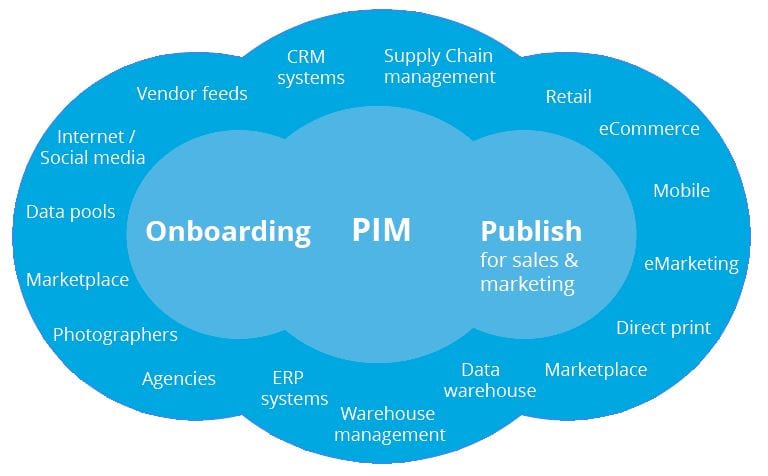Product information is the backbone of Ecommerce. First of all, quality product data is indispensable in the run-up to the buying decision. As a compass in the customer journey. Secondly, correct product information contributes to cost reduction and customer retention by reducing the chance of returns. That is why an investment in the right Product Information and Master Data Management System (PIMM) always pays off. However, selecting a PIMM system from the enormous selection available requires the necessary knowledge and attention. PIMM.solutions will help you on your way with ten guidelines.
The corona crisis offers a lot of reason to look more closely at the design and implementation of your E-business. After all, online transactions continue to increase, both in retail and in B2B. So now you have to make provisions to capitalize on additional opportunities and to be future-proof. In addition, competition is increasing. As a result of the corona pandemic, we opted en masse for online. In order to remain competitive with the increase on the supply side, the quality of your product data is an essential factor.
Selecting the right PIMM system offers many advantages
Retailers and (online) wholesale companies that have not yet implemented specialist Product Information Management software will sooner or later be confronted with the challenge of selecting a PIMM system. Sooner rather than later. Because not taking any steps means losing sales and incurring high costs because orders do not meet customer expectations due to inadequate product information.
In short, selecting a PIMM system that optimally supports your existing E-business will yield many benefits:
- more turnover by optimizing the customer journey;
- less time wasted when launching and placing new products;
- reduction of costs associated with returns;
- fewer customer questions, greater customer satisfaction;
- more efficiency in the collaboration with suppliers and other online platforms.
Accurate product information contributes to an optimal customer experience
In the current Ecommerce landscape, PIMM software is indispensable for collecting, centralizing, enriching, aligning, maintaining and distributing all product-related content that plays a decisive role in the customer journey. For each product, this can be dozens or even hundreds of elements (product attributes) are: descriptions, price, variants, instructions for use, origin information, images, videos, logistical information, and so on. And all this in an endless series of compositions. As a central data hub, a PIMM system ensures that you have maximum control over this. The ultimate goal: the best possible customer experience through complete and accurate product information.
Selecting the right PIMM system will result in the digitisation and organisation of all processes associated with the generation and distribution of product information. You will save time, increase quality, reduce the risk of errors and be assured of uniform information on all the channels that you use within your omnichannel strategy. Selecting a PIMM system will not be tolerated if you:
- want to keep a grip on complex product content processes;
- has such a large number of products that manual updating of product information is not realistic;
- sells and advertises through different channels;
- product data is supplied from multiple suppliers;
- works with rapidly changing products and / or often adds new products.
Selecting the PIMM system? 10 handles
As mentioned earlier, selecting a suitable PIMM system is quite a challenge. After all, there are now a large number of systems on the market and this number is continuing to grow. Both the purchase and the implementation of PIM software require a considerable investment and effort from your organization. For this reason, it is important to be well prepared. An effective and successful PIM selection process starts by asking critical questions.
- What does a PIMM system need to do for my specific business?
- Do I choose an 'in-house system (own server) or a cloud / SaaS solution?
- How complex are my product data processes actually and where are potential bottlenecks and / or quick wins?
- Is an existing standard system enough for me or is it better to opt for a configurable solution?
- How important is the importance of video and audio files in my product presentations?
- How are my product data publication and distribution patterns structured?
- Where do I get my product data and how many sources do I use?
- Who do I want to connect to the PIMM system?
- How important is connectivity to other existing systems I use?
- Which supplier offers the most reliable support and services?
Based on a thorough inventory using these questions, the first basis of a PIMM system selection has been laid. This is the beginning of an exploration and a possible pre-selection. You can then proceed step-by-step by refining your wishes and requirements and by testing existing systems against these. Would you like assistance in selecting your future PIMM system? Feel free to send us a message or give us a call.














